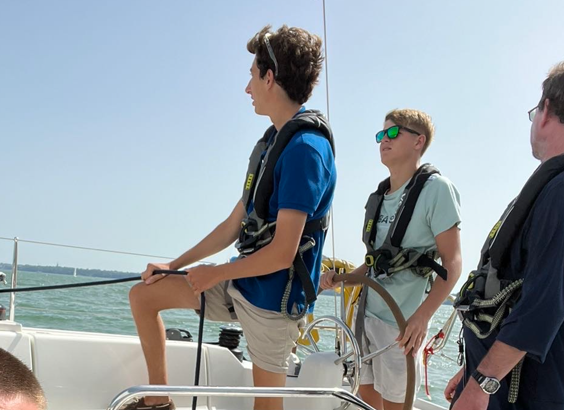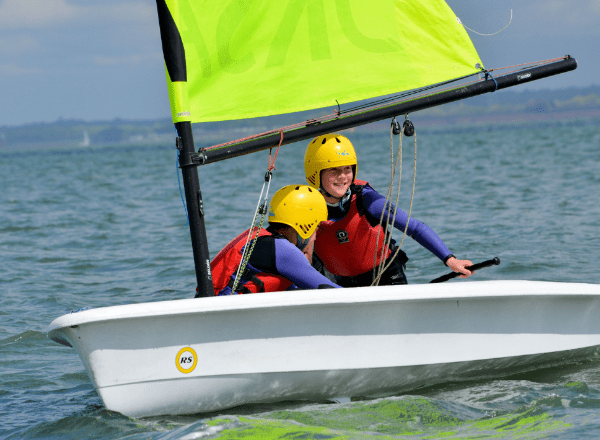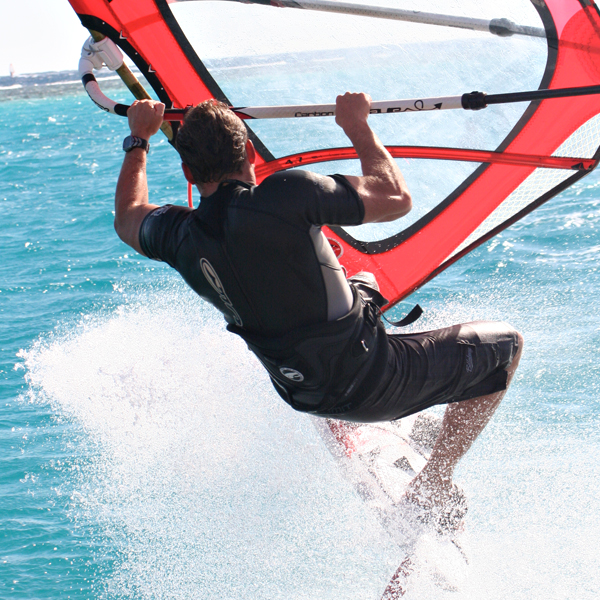Learn how to Windsurf Guide 2024
Are you ready to embark on an exhilarating watersports adventure? Look no further than windsurfing, one of the most exciting and popular watersports around. Whether you’re a beach lover seeking thrills or a water enthusiast looking to try something new, windsurfing offers an invigorating combination of sailing and surfing. We’ll take you through the basics of windsurfing, providing step-by-step instructions and valuable tips to help you get started on your windsurfing journey. So, grab your board and sail, and let’s dive into the world of windsurfing!
Is it easy to learn to windsurf?
If you’re new to windsurfing, you might be wondering how easy it is to learn this thrilling sport. The answer depends on a few factors, including your level of physical fitness, previous experience with board sports, and access to suitable learning conditions. While windsurfing requires some physical effort and coordination, it’s generally considered an accessible sport for beginners.
The learning curve of windsurfing can vary from person to person. Some individuals pick up the basics quickly, while others may take more time to feel comfortable on the board. With the right instruction, practice, and determination, anyone can learn to windsurf.
Is windsurfing harder than regular surfing?
Comparing windsurfing to regular surfing, there are some key differences in terms of difficulty. Windsurfing involves both sailing and surfing elements, which can add an extra layer of complexity. Balancing on the board while controlling the sail and adjusting to wind conditions may require some practice and coordination.
Regular surfing, on the other hand, focuses primarily on riding waves with a surfboard. While it has its own challenges, such as paddling and timing the waves, the learning curve for regular surfing may be considered slightly easier compared to windsurfing.
Whether windsurfing is harder than regular surfing is subjective and depends on individual preferences and skills. Some may find the combination of sailing and surfing in windsurfing more challenging, while others may enjoy the added dynamics it brings to the sport.
Also explore the difference between wingsurfing, windfoiling, and windsurfing.

How to windsurf step by step
Now, let’s dive into the step-by-step process of learning to windsurf. By following these guidelines, you’ll be on your way to harnessing the power of the wind and gliding across the water in no time:
Step 1: Get the right equipment
Start by acquiring the necessary equipment for windsurfing, which includes a board, sail, mast, and boom. It’s crucial to choose the right size of equipment that suits your weight, skill level, and the prevailing wind conditions.
Step 2: Find suitable learning conditions
Look for a location with calm waters and a steady breeze, ideally with minimal waves. This will make it easier for you to practice and get comfortable on the board.
Step 3: Learn the basics of rigging
Rigging refers to setting up the sail and attaching it to the board. Learn how to properly rig your equipment, ensuring that the mast, boom, and sail are securely attached.
Step 4: Master balancing on the board
Before venturing into the water, practice balancing on the board on land. Stand on the board with your feet shoulder-width apart, maintaining a stable stance.
Step 5: Practice sail handling on land
With the board in the water, practice holding and manoeuvring the sail on land. Learn how to hold the boom, adjust the sail’s position, and steer the board by changing the sail’s angle.
Step 6: Launch into the water
Once you feel comfortable with the basics, it’s time to take your windsurfing skills to the water. Launch the board into the water and practice balancing while holding onto the sail.
Step 7: Practice tacking and jibing
Tacking and jibing are techniques used to change direction while windsurfing. Practice these manoeuvres by turning the board into the wind and transitioning smoothly to the new direction.
Step 8: Learn to harness the wind
To propel yourself forward, learn how to use the wind to your advantage. Adjust the sail’s angle and position to catch the wind and generate forward motion.
Step 9: Maintain a proper stance
Maintain a balanced and relaxed stance on the board. Keep your knees slightly bent, distribute your weight evenly, and use subtle movements to control the board.
Step 10: Practice, practice, practice
Windsurfing is a sport that improves with practice. Dedicate regular time to practice your skills, refine your technique, and build your confidence on the water.
Remember to prioritise safety at all times, wear appropriate safety gear, and be mindful of weather conditions and your skill level. It’s also beneficial to take lessons from experienced instructors who can guide you through the learning process and provide valuable feedback.
Learn Windsurfing, Wingsurfing, and Wingfoiling with UKSA
If you’re looking to fast-track your windsurfing journey or explore related water sports, UKSA offers a range of courses and programmess. From beginner windsurfing lessons to advanced windsurfing techniques, as well as wingsurfing and wingfoiling, UKSA provides expert instruction and a supportive learning environment.
By joining UKSA, you’ll have access to professional coaches, top-quality equipment, and the opportunity to practice in beautiful coastal locations. Whether you’re a complete beginner or an experienced windsurfer looking to refine your skills, UKSA can help you take your windsurfing adventures to new heights.
Latest posts







